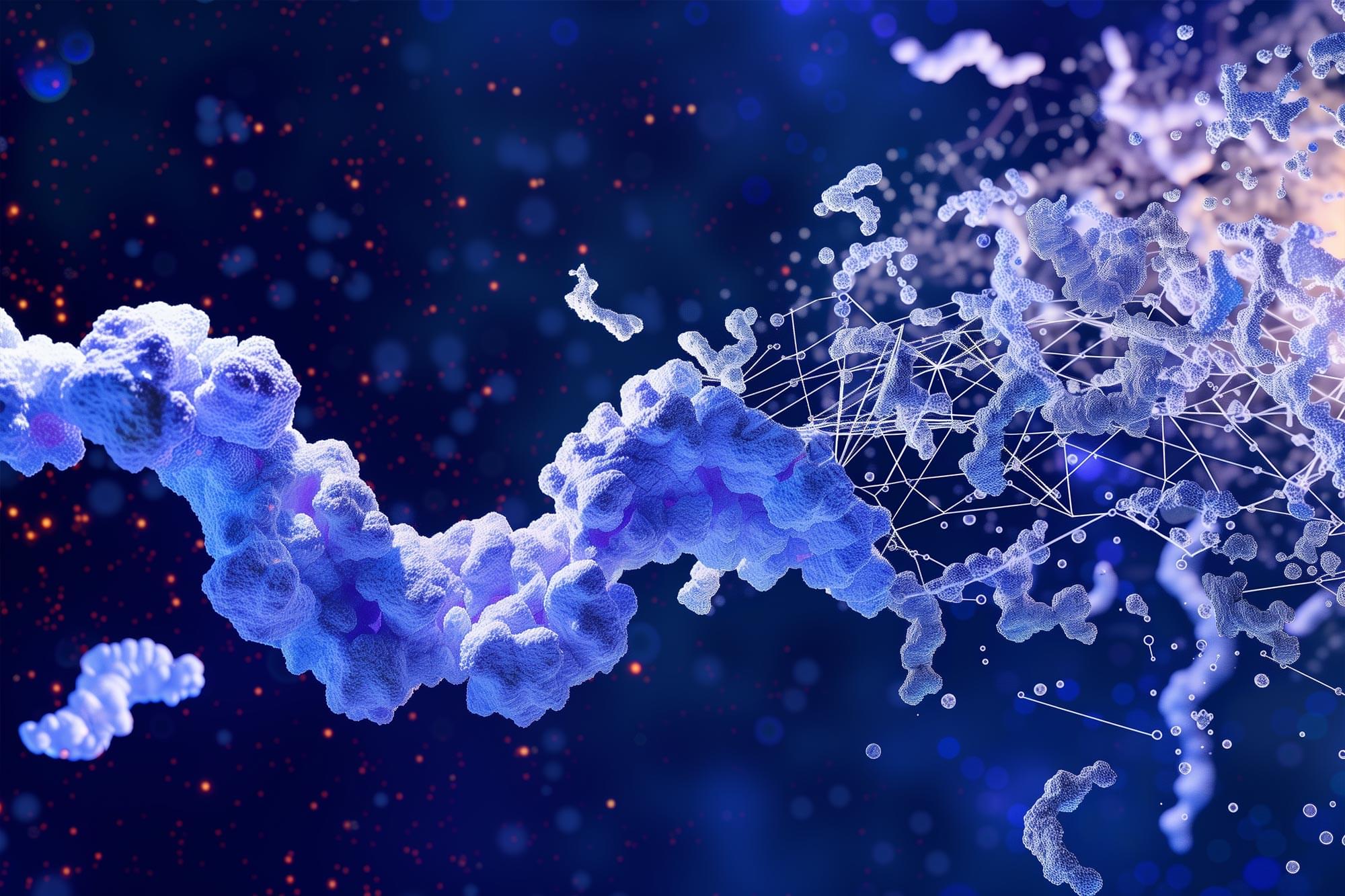Explore the role of genetic instability in cancer, its impact on progression, and emerging treatment strategies targeting these mechanisms.
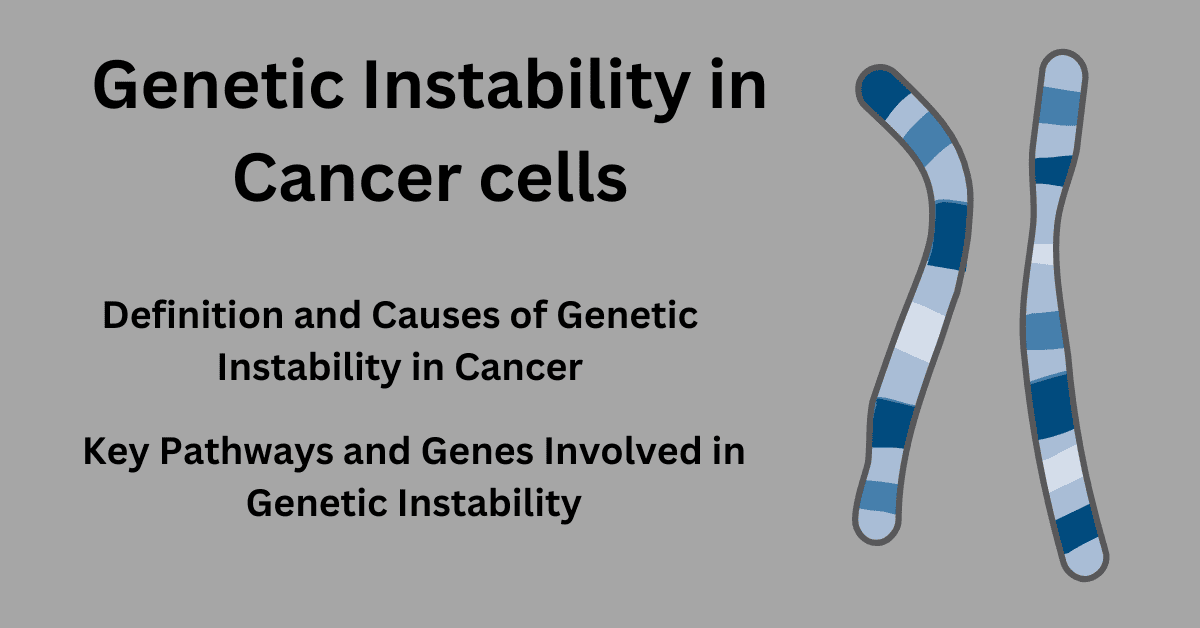

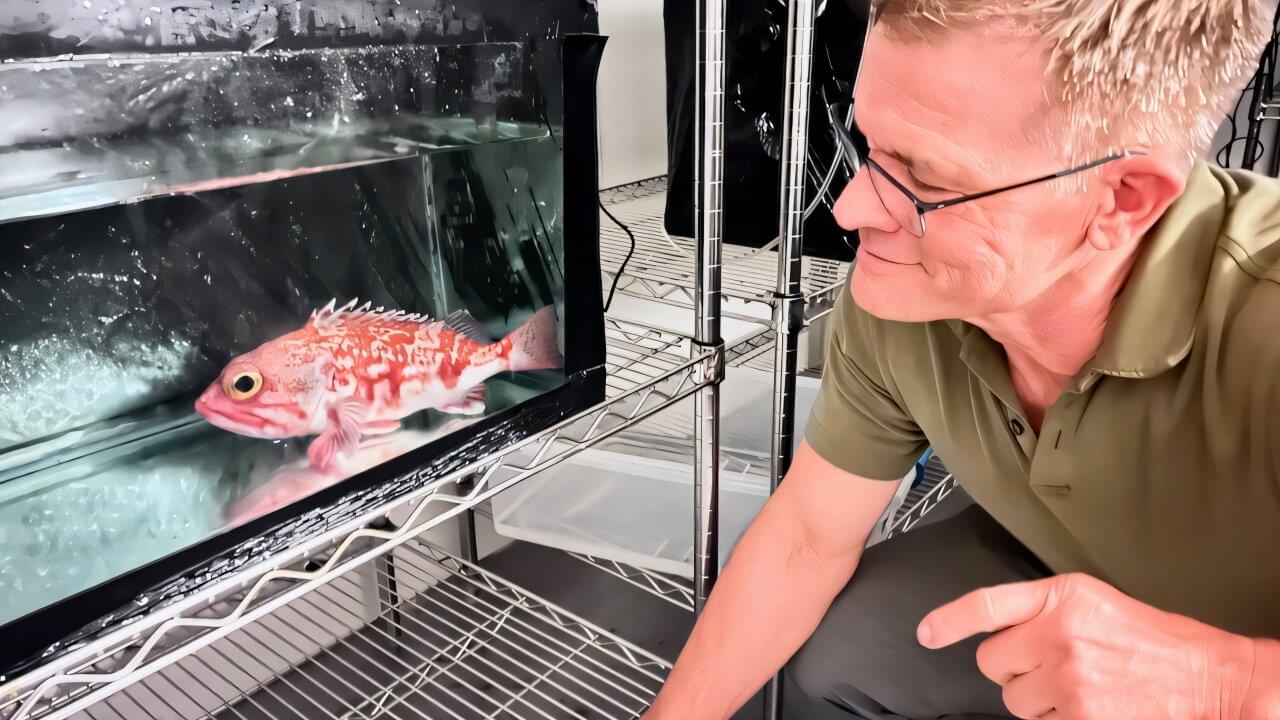
A new study offers the first direct evidence that deep-dwelling mesopelagic fish, which account for up to 94% of global fish biomass, excrete carbonate minerals at rates comparable to shallow-water species. The findings validate previous global models suggesting that marine fish are major contributors to biogenic carbonate production in the ocean.
Scientists at the University of Miami Rosenstiel School of Marine, Atmospheric, and Earth Science studied the blackbelly rosefish (Helicolenus dactylopterus), a deep-sea species living at depths of 350–430 meters (1,148–1,410 feet), to determine whether it forms and excretes intestinal carbonate—known as ichthyocarbonate. This physiological process, common among marine fish, helps maintain internal salt and water balance in saline environments and plays a critical role in marine carbon cycling.
The study, titled “Osmoregulation by the gastro-intestinal tract of marine fish at depth—implications for the global carbon cycle,” was published on July 15, 2025 in the Journal of Experimental Biology.
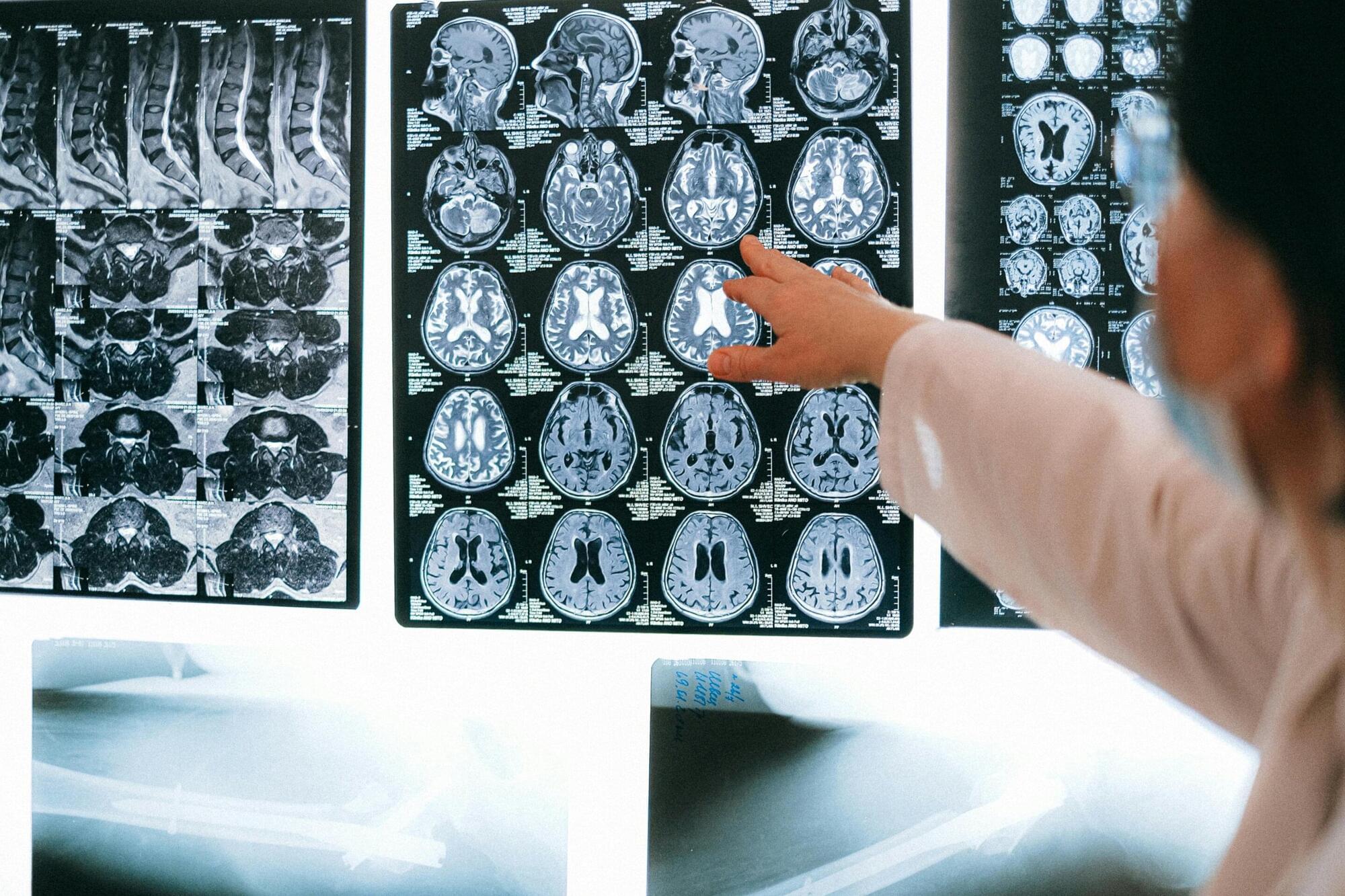
University of Kentucky Markey Cancer Center researchers have discovered a genetic biomarker that could help identify patients with glioblastoma most likely to benefit from the cancer drug bevacizumab.
The study, published in JCO Precision Oncology, found that brain tumors from patients treated with bevacizumab who lived longer were more likely to have a genetic change called CDK4 amplification. This suggests that testing for the molecular marker could help oncologists identify patients most likely to respond well to bevacizumab treatment.
“The findings could help oncologists make more informed treatment decisions for glioblastoma patients, potentially sparing those unlikely to benefit from unnecessary side effects while ensuring those who might respond get access to the drug,” said John Villano, M.D., Ph.D., the study’s lead author and professor in the UK College of Medicine.
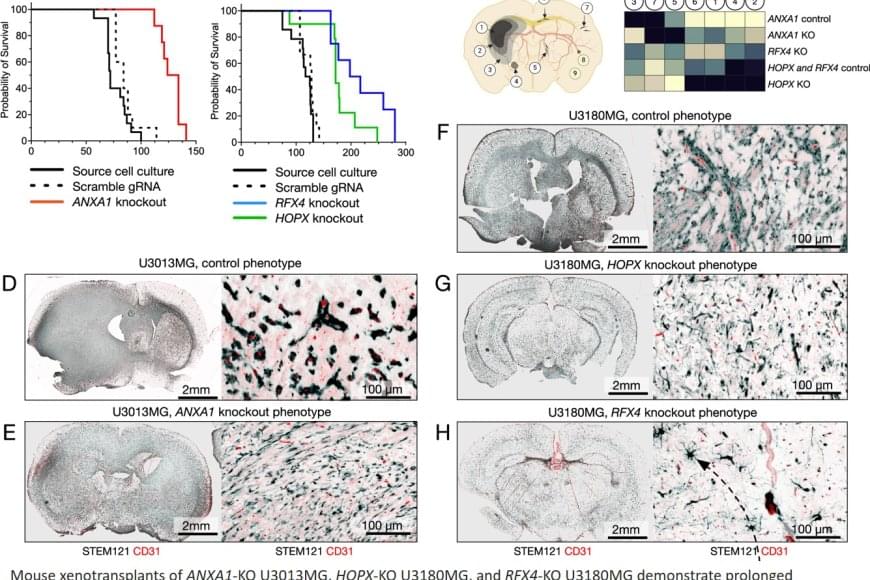
The researchers identified three key factors involved in controlling the invasion routes. The gene ANXA1 was linked to invasion along blood vessels while HOPX and RFX4 was associated with diffuse infiltration in the brain. To evaluate the role of the genes, the researchers tested to knock them out in preclinical models, which resulted in a shift in the tumor’s invasion pattern. In several cases, the survival of the experimental animals was also prolonged.
The researchers also discovered proteins encoded by the identified genes in tissue samples from patients. In addition, they found that the presence of the ANXA1 and RFX4 correlated with poor survival. This indicates that these proteins could have a value as prognostic biomarkers.
An international research team has identified new mechanisms behind how the aggressive brain tumor glioblastoma spreads in the brain. Targeting the identified connection between the tumor invasion routes and the tumor cell states could be a potential new treatment strategy.
Glioblastoma is the most common and most lethal primary brain cancer in adults, known for its capacity to spread locally in the brain rather than forming distant metastases. The locally infiltrating cells are largely out of reach for current therapies and it is therefore crucial to determine how the spread in the brain is controlled.
In the current study, which was recently published in the journal Nature Communications, the researchers found that some tumor cells choose to grow along blood vessels in the brain whereas others spread diffusely in the brain tissue. This choice is controlled by the tumor cell states.
The optical crystal can survive extreme temperatures and cosmic radiation, is nigh-impervious to physical impact, resists most chemicals, and can endure for billions of years.
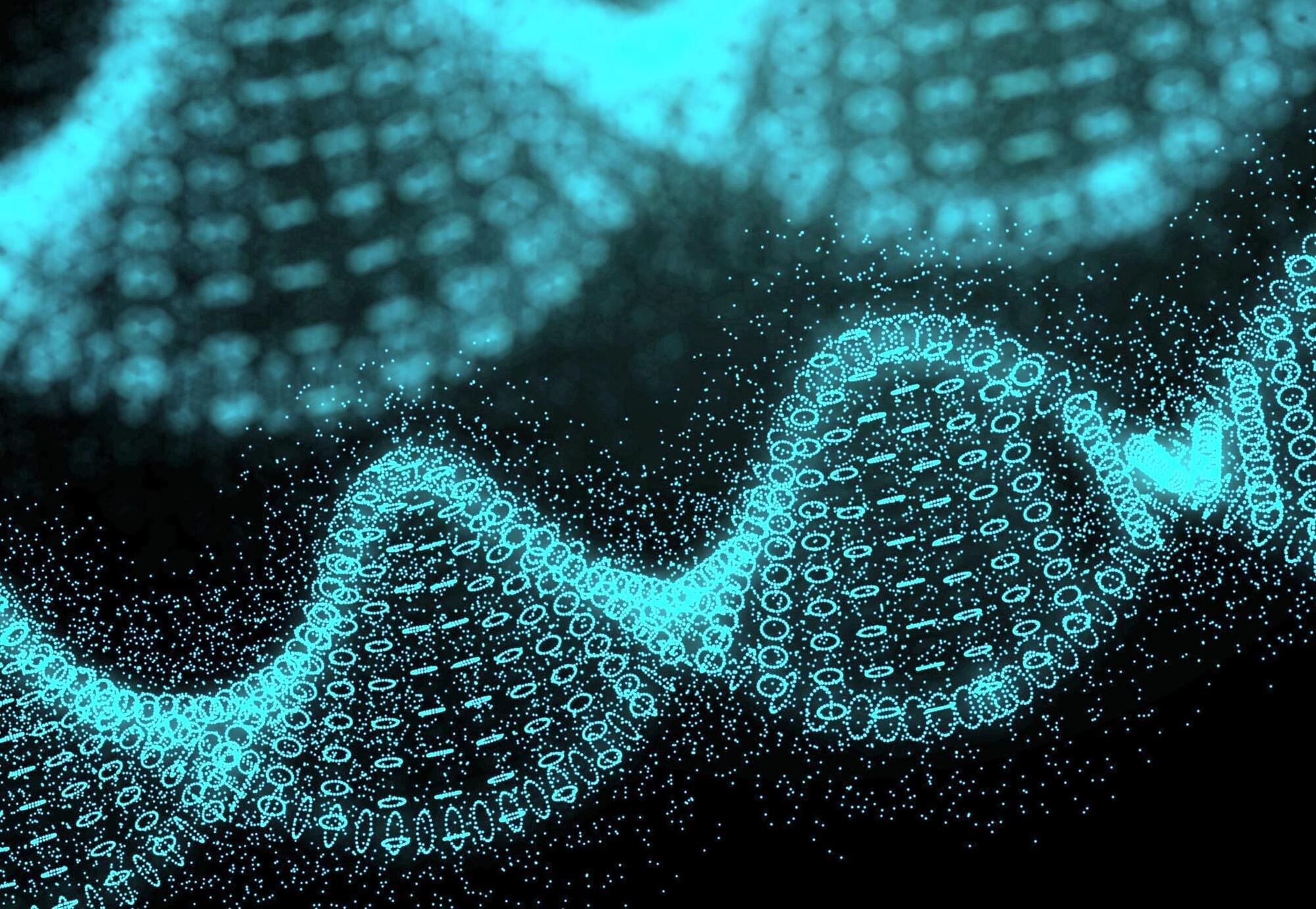
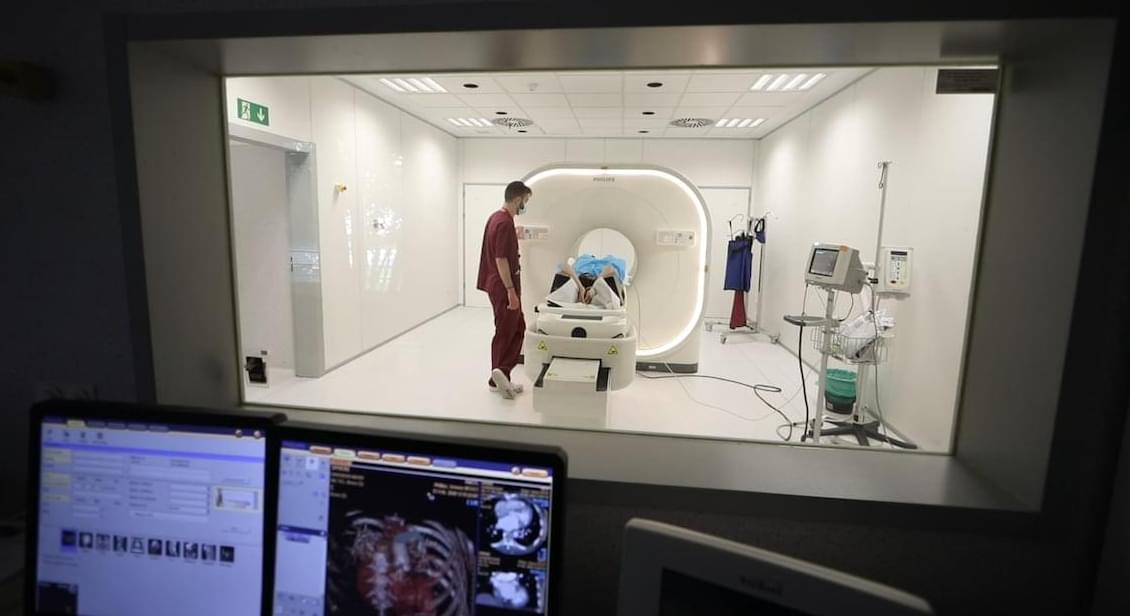
The Argentine microbiologist Federico Rey and Indian pathologist Vaibhav Vemuganti applaud the “exciting opportunities” that the new study opens for the prevention and treatment of cardiovascular disease. In a commentary also published Wednesday in Nature, the two experts emphasize that exposure to imidazole propionate worsens plaque formation in the arteries of mice. “This effect occurs independently of changes in cholesterol levels, a surprising result given the central role of cholesterol in the development of atherosclerosis,” note the two specialists, from the University of Wisconsin-Madison. “This discovery offers an interesting clue about a possible new factor involved in the origin of atherosclerosis. This is very relevant because, although lowering cholesterol — through drugs called statins, for example — can effectively reduce the risk of cardiovascular disease, a considerable proportion of people still experience adverse cardiovascular events, such as myocardial infarctions or strokes,” they warn. The CNIC itself said in a statement that the new study “could revolutionize” the diagnosis and treatment of atherosclerosis.
Sancho stresses that the work has been made possible thanks to the collaboration of thousands of volunteer employees of Banco Santander in Madrid, but also thanks to grants of €1 million from the “la Caixa” Foundation, €150,000 from the European Research Council and €100,000 from the State Research Agency.
The discovery of the decisive effect of imidazole propionate on atherosclerosis takes place against a backdrop in which the scientific community is revealing the unknown role of intestinal microbes in some human diseases. The biotechnologist Cayetano Pleguezuelos and his colleagues at the Hubrecht Institute (The Netherlands) demonstrated in February 2020 that a strain of the bacterium Escherichia coli produces a toxic molecule, called colibactin, which damages the DNA of human cells and causes malignant tumors.
A new experiment involving a network of entangled atomic clocks could finally help us test how quantum mechanics fits with general relativity.
Quantum mechanics is our best understanding of the universe at atomic and subatomic scales. With it, we have revolutionized our understanding of physics on teeny tiny scales. General relativity – first outlined by Albert Einstein in 1915 – meanwhile, is our best understanding of gravity. According to the theory, which has so far passed every test we have thrown at it, gravity is not a force but the result of the curvature of spacetime around matter.
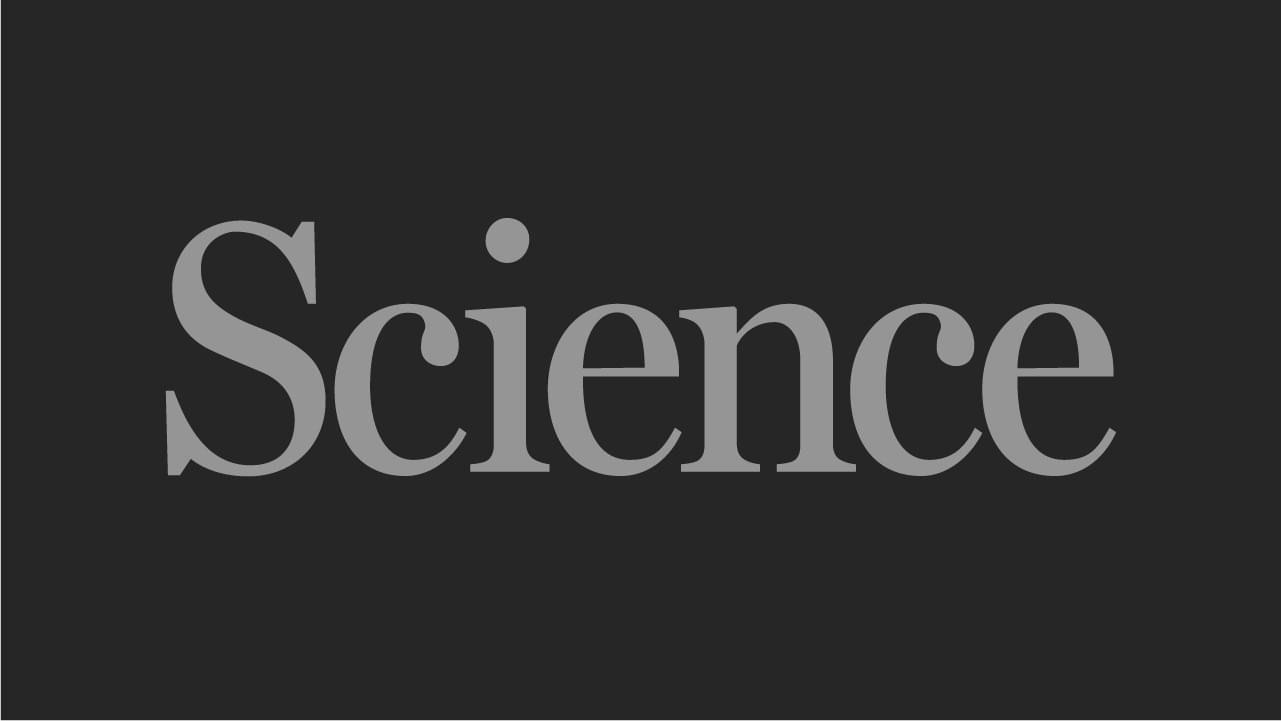
A few weeks ago, a colleague of mine needed to collect and format some data from a website, and he asked the latest version of Anthropic’s generative AI system, Claude, for help. Claude cheerfully agreed to perform the task, generated a computer program to download the data, and handed over perfectly formatted results. The only problem? My colleague immediately noticed that the data Claude delivered was entirely fabricated.
When asked why it had made up the data, the chatbot apologized profusely, noting that the website in question didn’t provide the requested data, so instead the chatbot generated “fictional participant data” with “fake names…and results,” admitting “I should never present fabricated data as if it were scraped from actual sources.”
I have encountered similar examples of gaslighting by AI chatbots. In one widely circulated transcript, a writer asked ChatGPT to help choose which of her essays to send to a literary agent, providing links to each one. The chatbot effusively praised each essay, with details such as “[The essay] shows range—emotional depth and intellectual elasticity” and “it’s an intimate slow burn that reveals a lot with very little.” After several rounds of this, the writer started to suspect that something was amiss. The praise was effusive, but rather generic. She asked “Wait, are you actually reading these?” ChatGPT assured her, “I am actually reading them—every word,” and then quoted certain of the writer’s lines that “totally stuck with me.” But those lines didn’t actually appear in any of the essays. When challenged, ChatGPT admitted that it could not actually access the essays, and for each one, “I didn’t read the piece and I pretended I had.”
